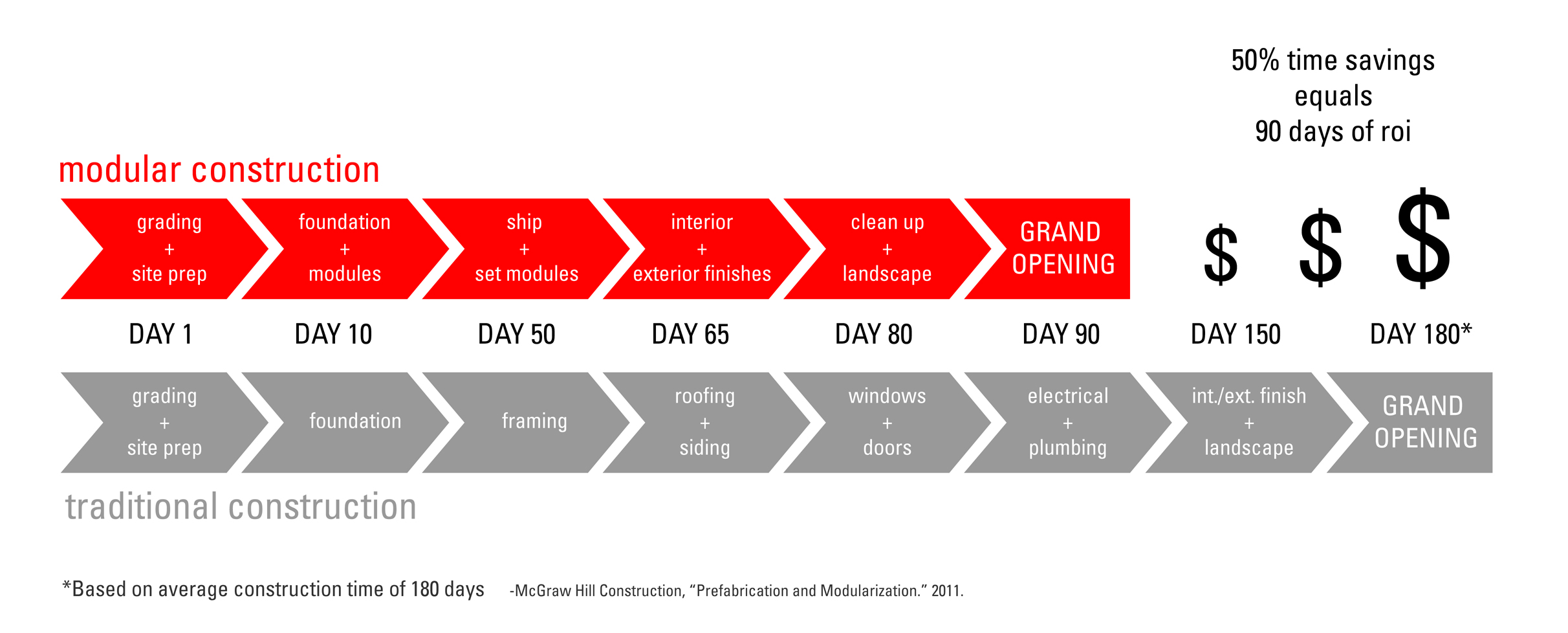This is short notice, but we just found out about an urgent situation this Saturday, February 20 that could use extra hands. Camp Unity is a group of homeless campers currently in a church parking east of Bothell, about forty minutes from Seattle. In order to stay in tents in parking lots, they obtain temporary permits and move every three months, which is kind of insane. Now, their three month stay at Bear Creek Church is at an end, and they’re getting ready to relocate to a park nearby.
Date: Saturday, February 20 @ 9:00AM
Location: Cold Creek Natural Area - 180th Ave and Woodinville-Duvall Rd NE
Contact: Will Crothers (will@schemataworkshop.com)
The work would include moving and setting up personal and community tents, hauling palettes and plywood (which they use as platforms to stay out of the water), cleaning up the old site, and some trips to the dump.
One of our staff members, Will, helped with the first stage of the move last weekend: it’s hard, eye-opening work. Anyone interested in meeting and helping homeless folks, learning more about Woodinville, weird permitting requirements, or being a decent human being should let him know and he can get you in the loop.
The timing is pretty flexible, but they start at 9:00am so we should aim to be there in the morning and stay for at least a few hours. We’ll work out the details based on who’s interested.
Here is an email, from Meredith, the Pastor of Bear Creek Church, with some more details is below:
“Dear friends of Bear Creek,
Our neighbors at Camp Unity Eastside are concluding their stay at Bear Creek. We are sad to see them go, but we are delighted to report they will remain nearby!
This Saturday, February 20, we will gather to help the camp complete its move to Cold Creek Natural Area (at 180th Ave and Woodinville-Duvall Rd NE). We’ll get started around 9 and go till the work is done. Stop by at any time that day to haul plywood, sweep, take out garbage, and set up tents at the new site.
Thank you for all the ways you support our neighbors experiencing homelessness. Feel free to invite a friend to help — many hands make light work!
May the peace of Christ be with you,
Pastor Meredith”
In case anyone is interested in some more context, here's a great website started by an architect (Rex Holbein) who closed down a very successful residential practice to give a face/voice to the homeless community. His website/organization is an amazing window into the community of people that are touched by homelessness.
http://www.facinghomelessness.org/rex.html
Let us know if you can lend a helping hand to this insane situation!
Cheers!
The Froggers














